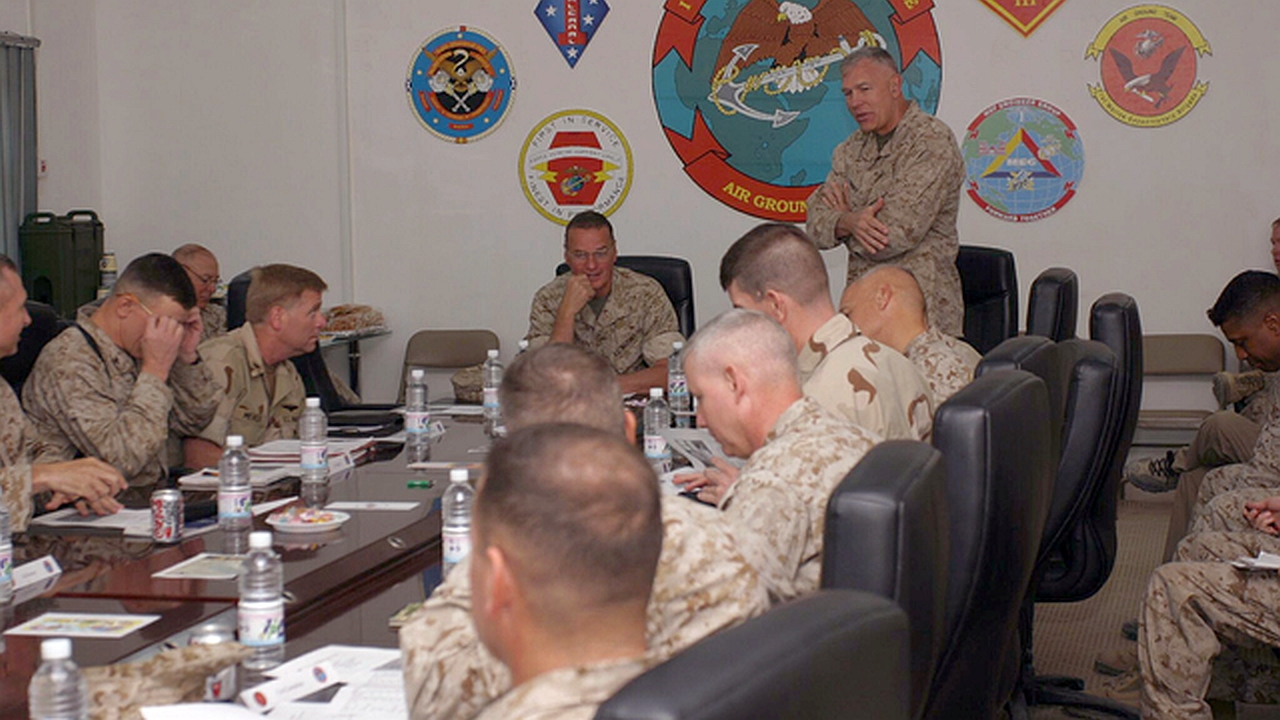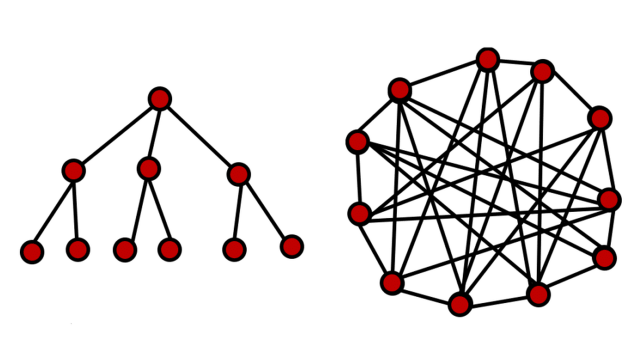
Organization Management Rhythm (part 1.1): Military meetings
This article is part 1.1 of a series of articles on Organization Management Rhythm.
The U.S. military classifies their meetings into: administrative (5-10 minutes), tactical (weekly / fortnightly 45-90 minutes), focused decision-making (1-4 hours), and strategic (quarterly 1-2 days). In these classifications of meetings, there are specific types of briefs given: information, decision, staff, and mission.
From the Military Briefing W3S0005 Student Handout on Military Briefings 2017:
Information brief
The information brief is designed to merely provide information to an audience. An information brief deals only with facts. The desired end state of this type of brief is listener comprehension. No conclusion or decision needs to be drawn from the brief. Times when an information brief may be utilized include: passing information of high priority which requires the immediate attention of proper authority, when passing complex information requiring detailed explanation.
Decision brief
Designed to be presented to a commander in order to elicit a decision.
- The outcome is usually the manner in which a unit will execute a pending mission. For example, a commander may be presented a decision brief containing three (3) courses of action (COAs), all of which are designed to accomplish the same mission, but in different manners.
- After being presented and considering the strengths and weaknesses of each COA, the commander can make an educated decision. Of course, the commander retains the prerogative to modify or reject the choices and send his staff back to the drawing board.
- The format for a decision brief is built upon the information brief.
Staff brief
The staff briefing is the most widely used military briefing and is used at every level of command from the Marine Corps fire/demo team to Headquarters Marine Corps (HQMC). It is used to secure a coordinated or unified effort. The staff briefing is designed for the rapid, oral dissemination of information.
Mission brief
Mission briefings are used under operational conditions to impart information or to give specific instructions for accomplishment of the mission.
Next part (part 1.2): Lucid Meetings.
Acknowledgements: Thank you to Tomi Antill, Keith Davis, Elise Keith from Lucid Meetings, JFHQ-C Leadership, and Kendra Albright from Kent State University, without whose support this series would not have been possible.
Header image source: U.S. National Archives, Public Domain.




